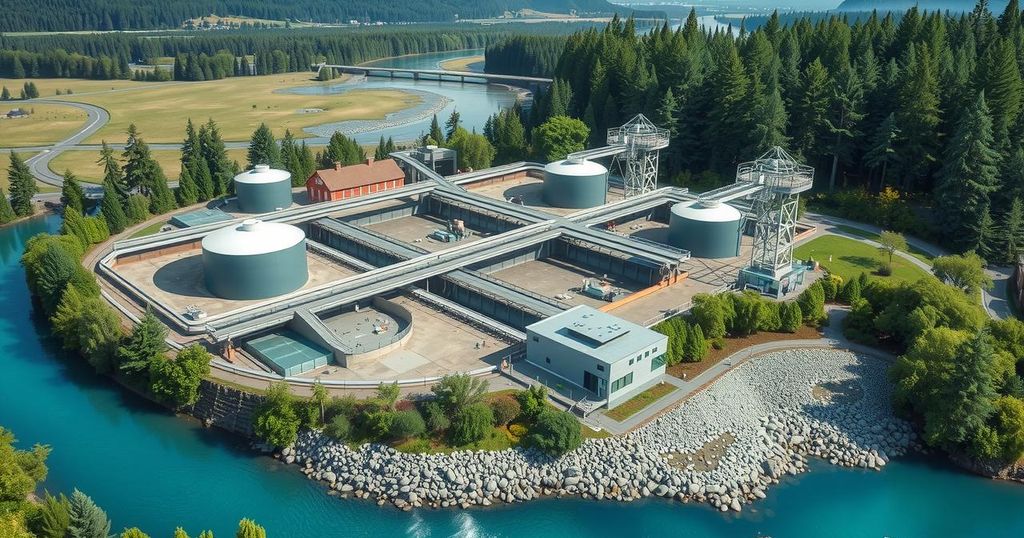South Africa’s water crisis is grave, with 50% of potable water lost to inefficiencies. Over 3 million individuals lack basic water access, and health implications are severe, with millions missing school due to water-related illnesses. Additionally, South Africa experiences significantly less rainfall than average, and existing water management is critically lacking in compliance, necessitating urgent reform.
Water is an invaluable resource, and as emphasized by the South African Department of Water and Sanitation, it is essential for sustaining life. In light of World Water Day, it is necessary to recognize both the global and local water challenges, particularly those faced by South Africa. Here are ten critical facts regarding the water crisis in the country that underscore the need for immediate attention and action.
Remarkably, 50% of South Africa’s potable water is categorized as Non-Revenue, signifying that half of this valuable resource is lost due to system inefficiencies and leaks. This alarming figure highlights the necessity for improved infrastructure and management in the water distribution system.
Access to basic water supply remains a pressing issue, as over 3 million South Africans currently lack this essential service. Among these individuals, 52% of residents in informal settlements around Johannesburg have resorted to creating their own pit latrines, underscoring the dire circumstances many face.
The impact of inadequate water access extends well beyond individual hardships. According to the United Nations Development Programme, an estimated 443 million school days are forfeited globally each year due to illnesses stemming from either a lack of access to water or reliance on poor quality sources. Such statistics illustrate the extensive social implications of water scarcity.
Furthermore, the South African Human Rights Commission reports a staggering statistic: 115 people in Africa succumb to diseases every hour due to inadequate sanitation, hygiene practices, and contaminated water. This highlights the urgent need for comprehensive public health strategies and interventions.
South Africa itself experiences a striking 40% less rainfall than the global average, exacerbating its water resources challenge. Although the global average water use per person is 173 liters per day, South Africa exceeds this with an average consumption of 237 liters per person daily, despite being classified as a water-scarce nation.
The allocation of water resources reveals significant insights, with 61% being directed to the agricultural sector, 27% to households, and only 7% to industrial use, as reported by the Council for Scientific and Industrial Research (CSIR). This distribution underscores the importance of sustainable practices in agriculture and domestic use to alleviate the crisis.
The recently released Blue Drop Report indicates that among South Africa’s 144 Water Services Authorities (WSAs), 24 have not made any effort toward Blue Drop compliance, with 40 in a critical state. This is a call to action for all stakeholders to prioritize compliance and improve water management standards.
According to the Water Services Act, the minimum standard for basic water supply is set at 25 liters per person per day. During Cape Town’s ‘Day Zero’ water restrictions, residents were limited to an average of 50 liters per person daily, highlighting the severity of water usage during crisis situations. These figures collectively illustrate the urgent need for effective water management strategies in South Africa.
In conclusion, South Africa faces a significant water crisis, characterized by alarming statistics that reveal inefficiencies in water management, restricted access to basic supplies, and the dire public health implications associated with inadequate water quality. With substantial rainfall deficits and immense usage demands, it is crucial for the South African government and relevant authorities to implement strategic solutions to improve water infrastructure and ensure the equitable distribution of this essential resource. Addressing these challenges is vital for the well-being of both the population and the environment.
Original Source: infrastructurenews.co.za




